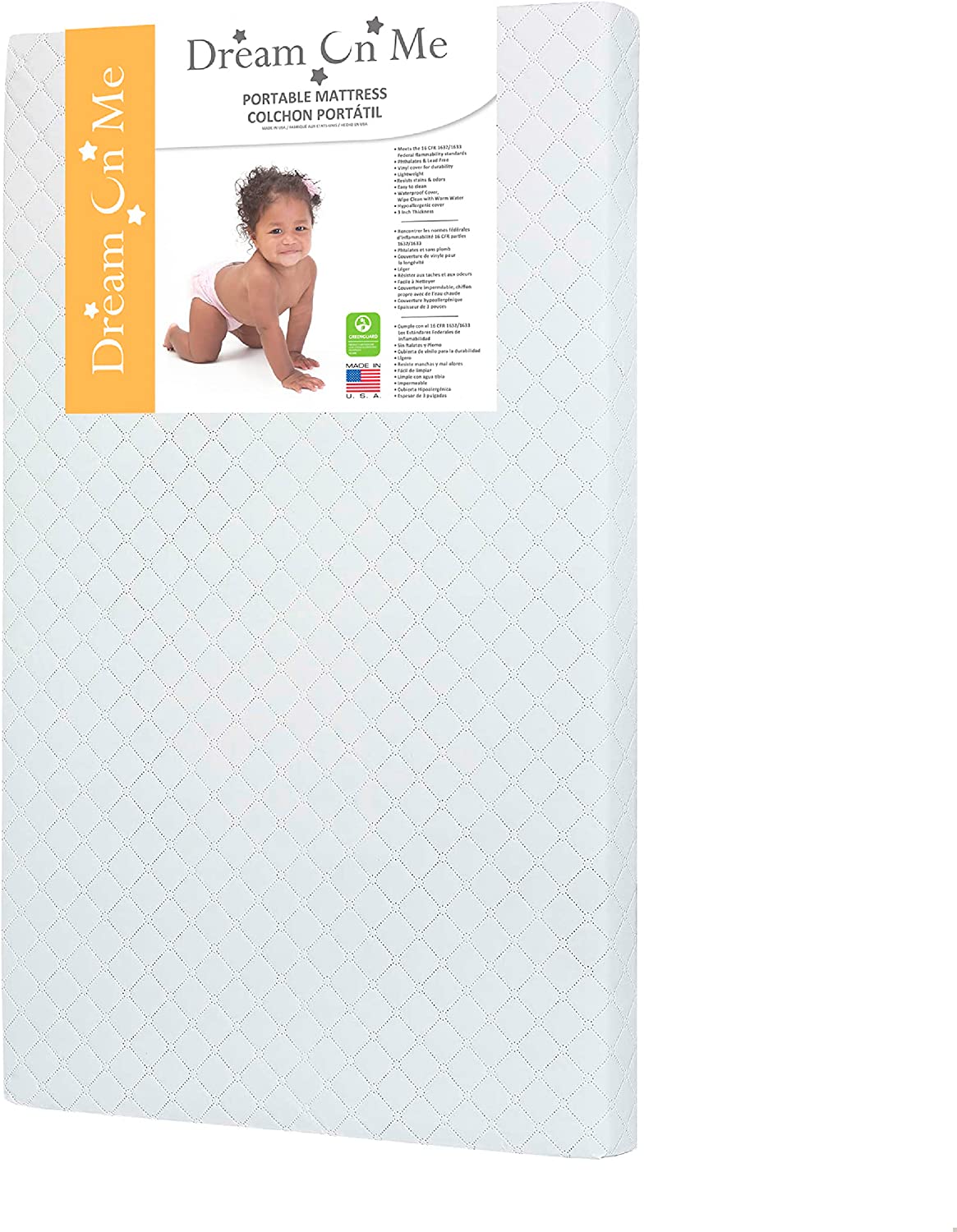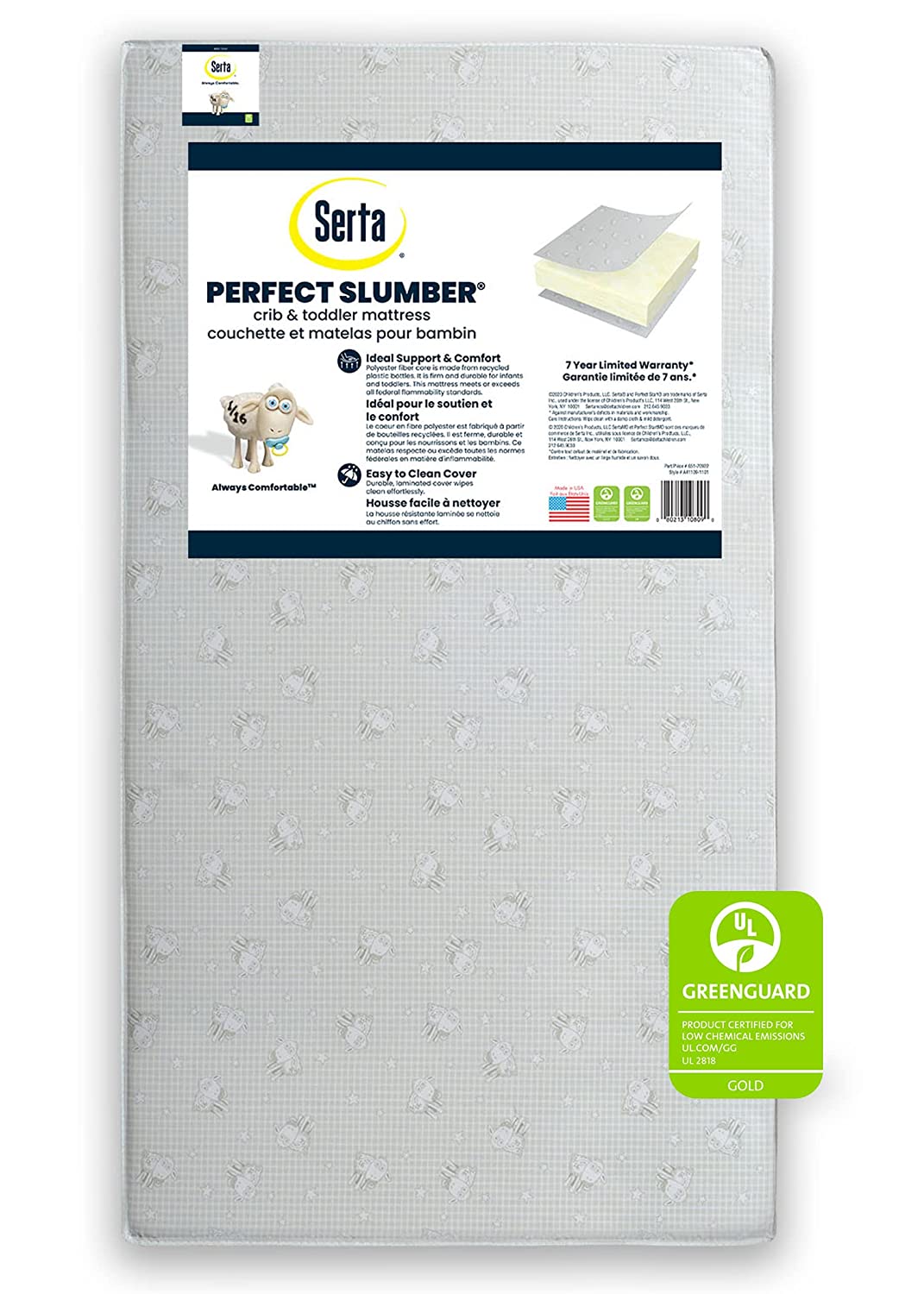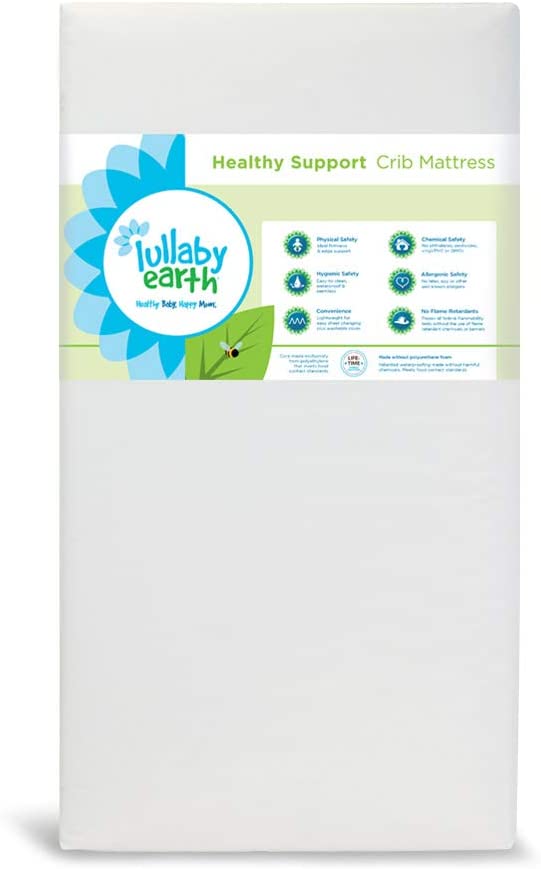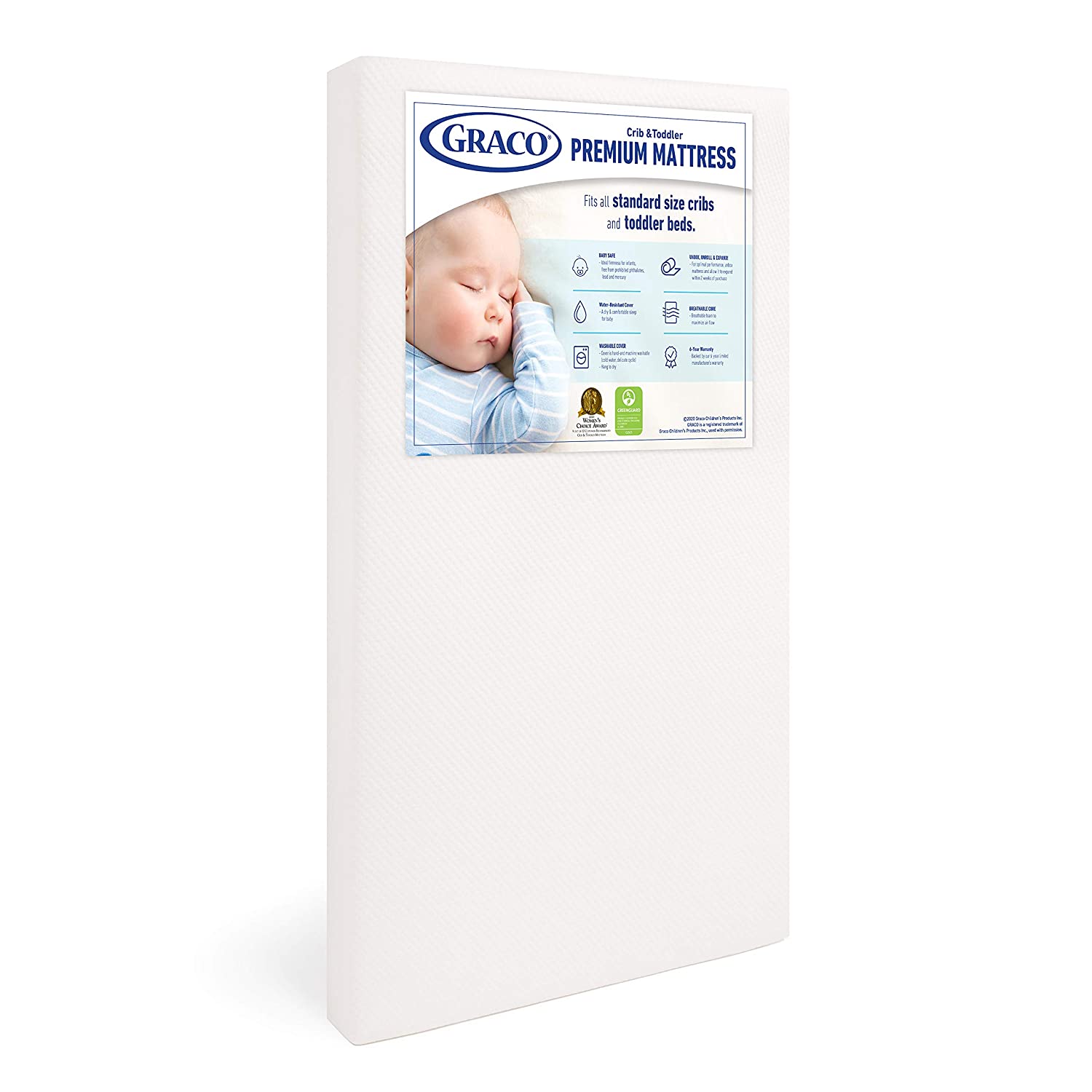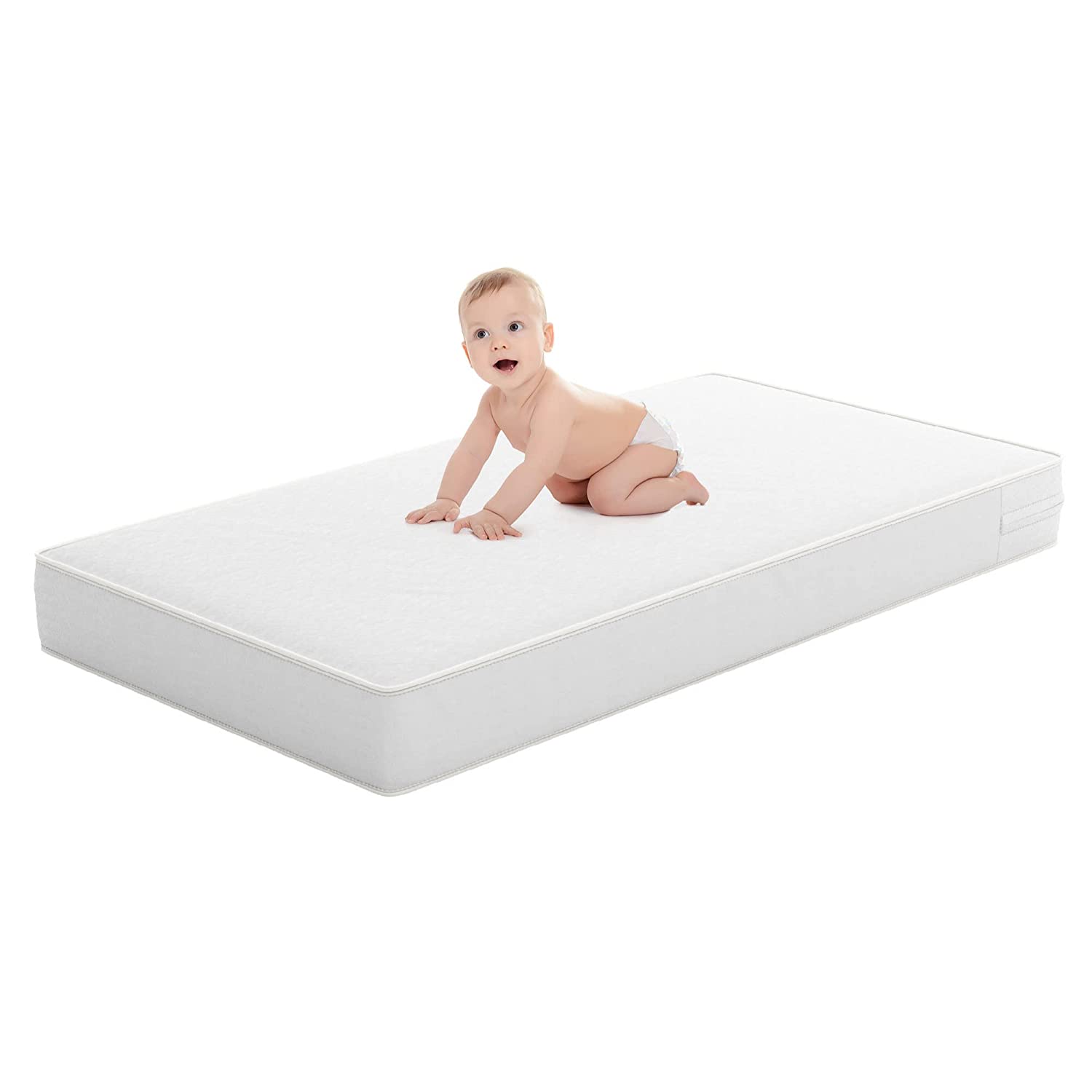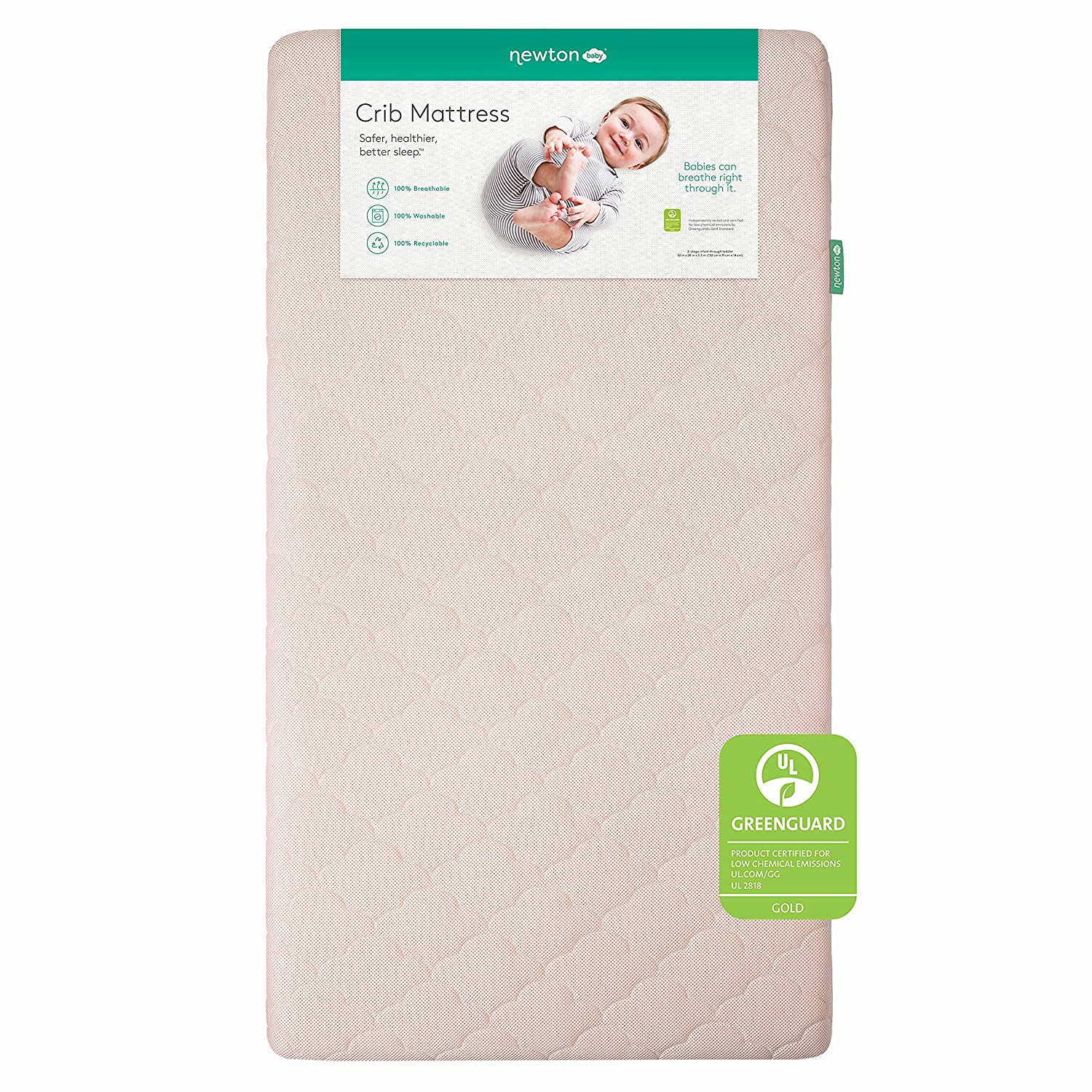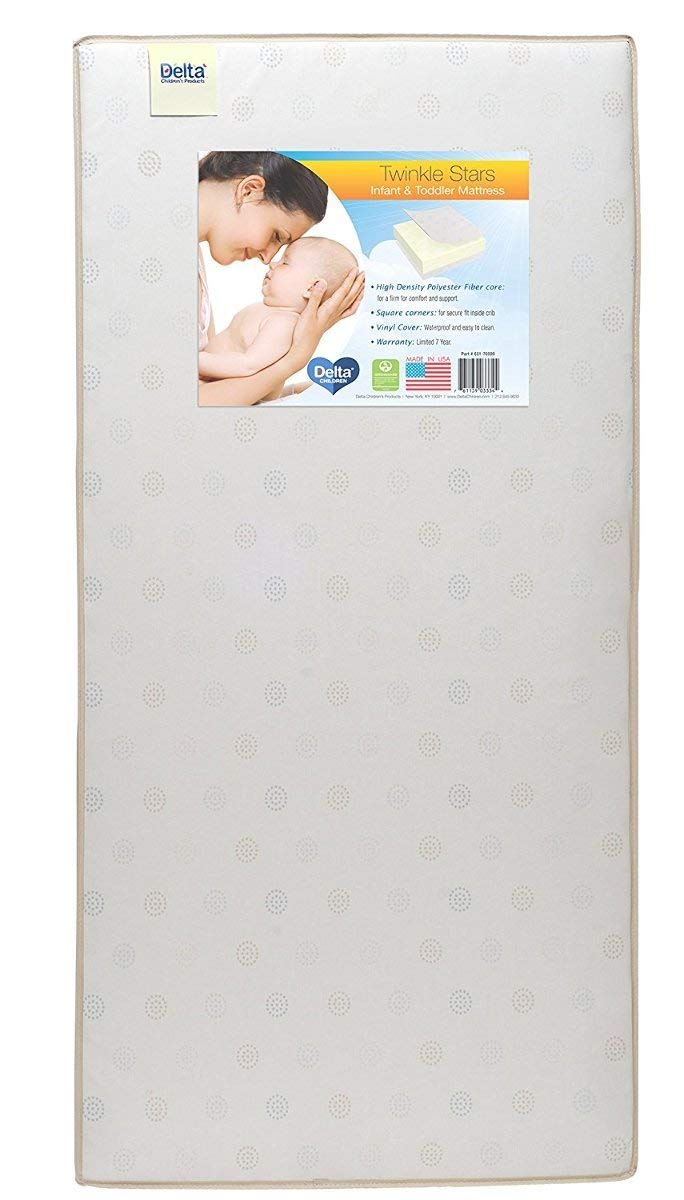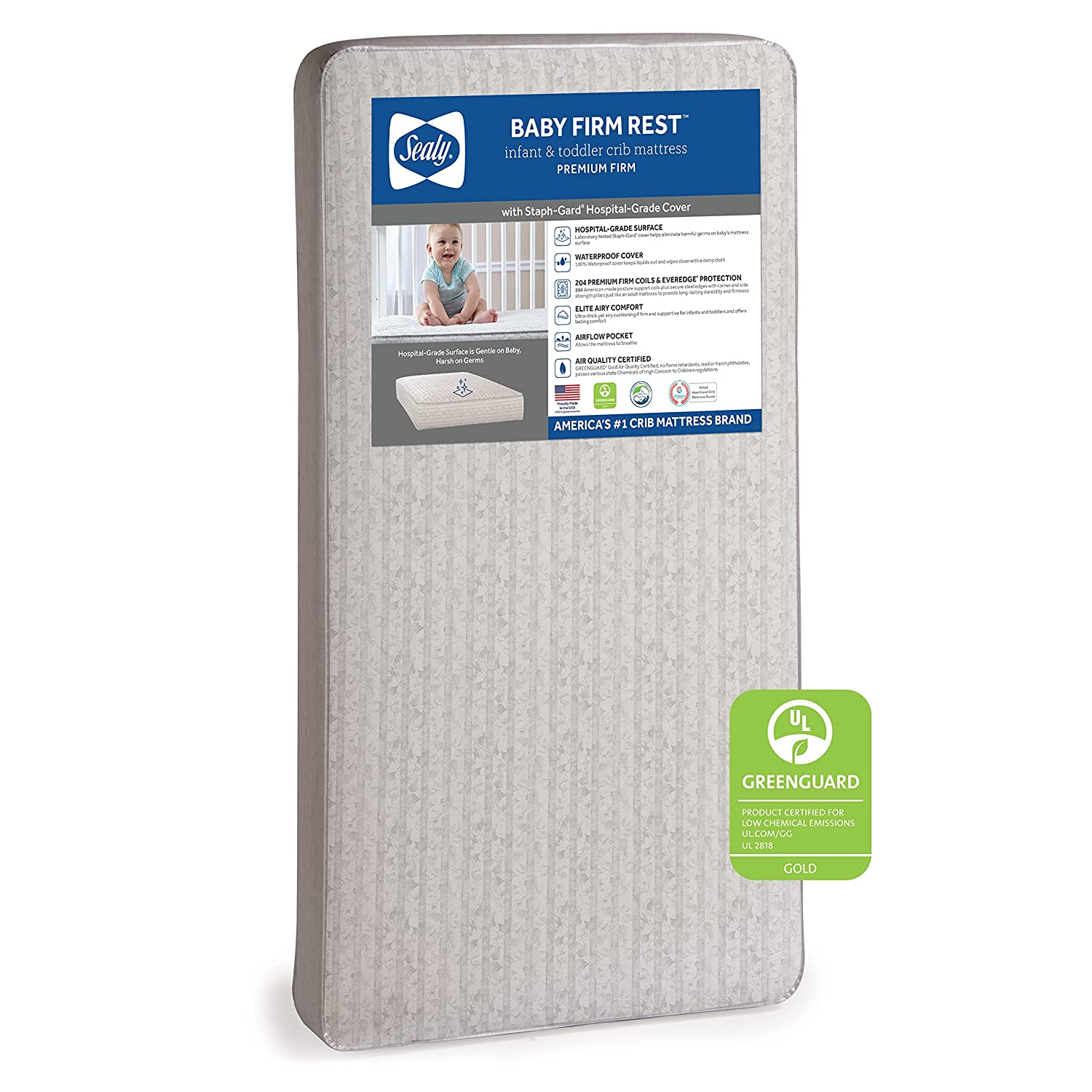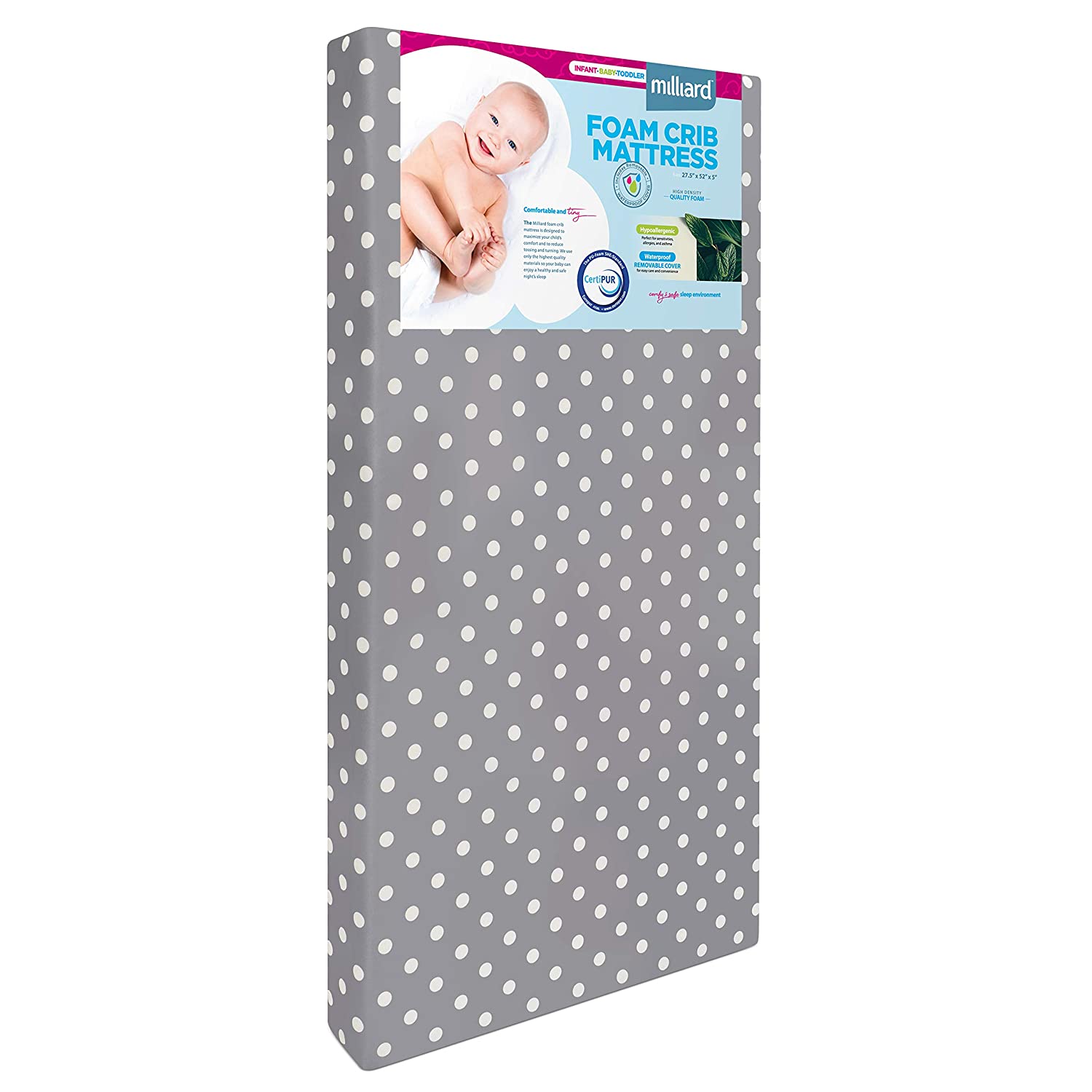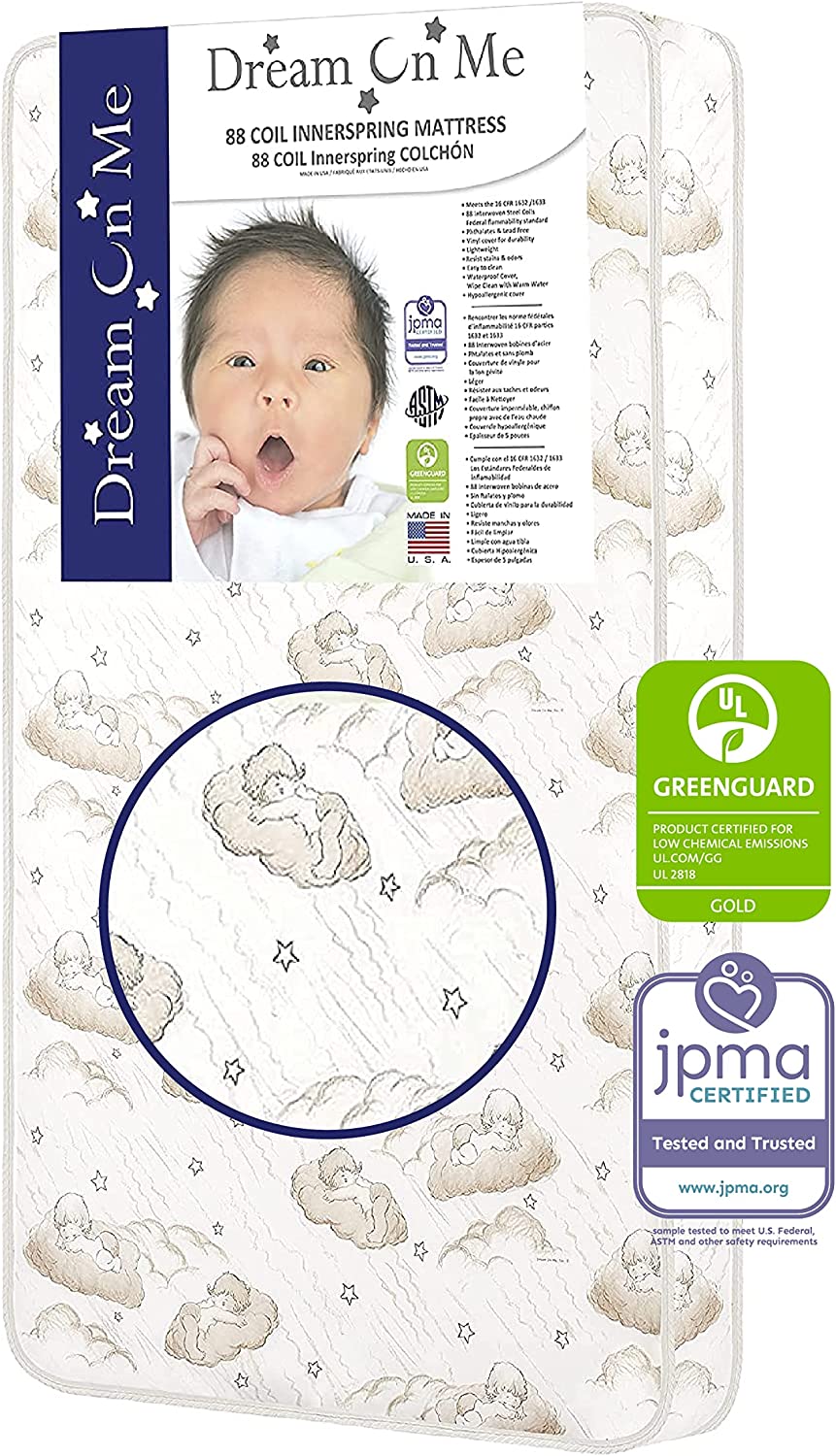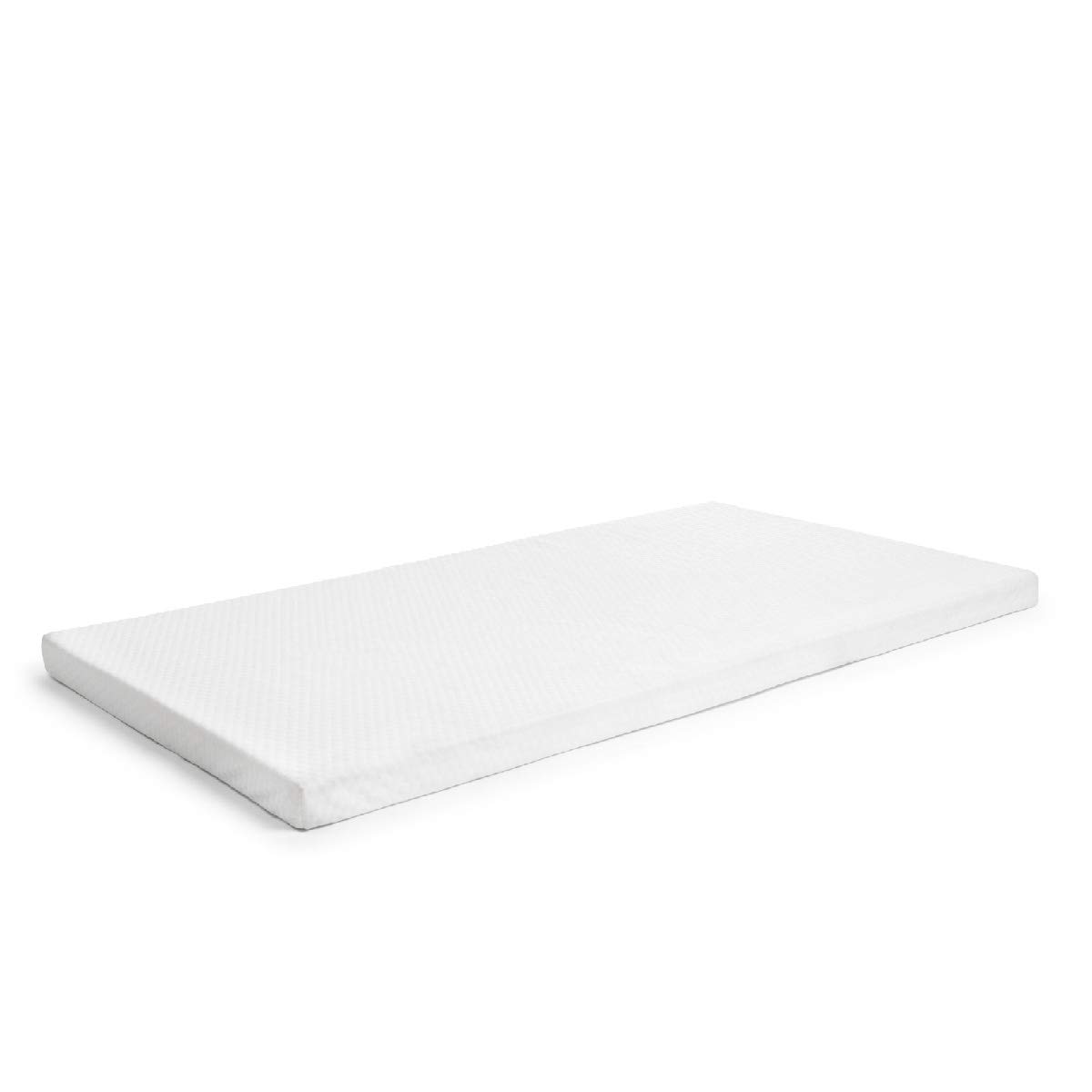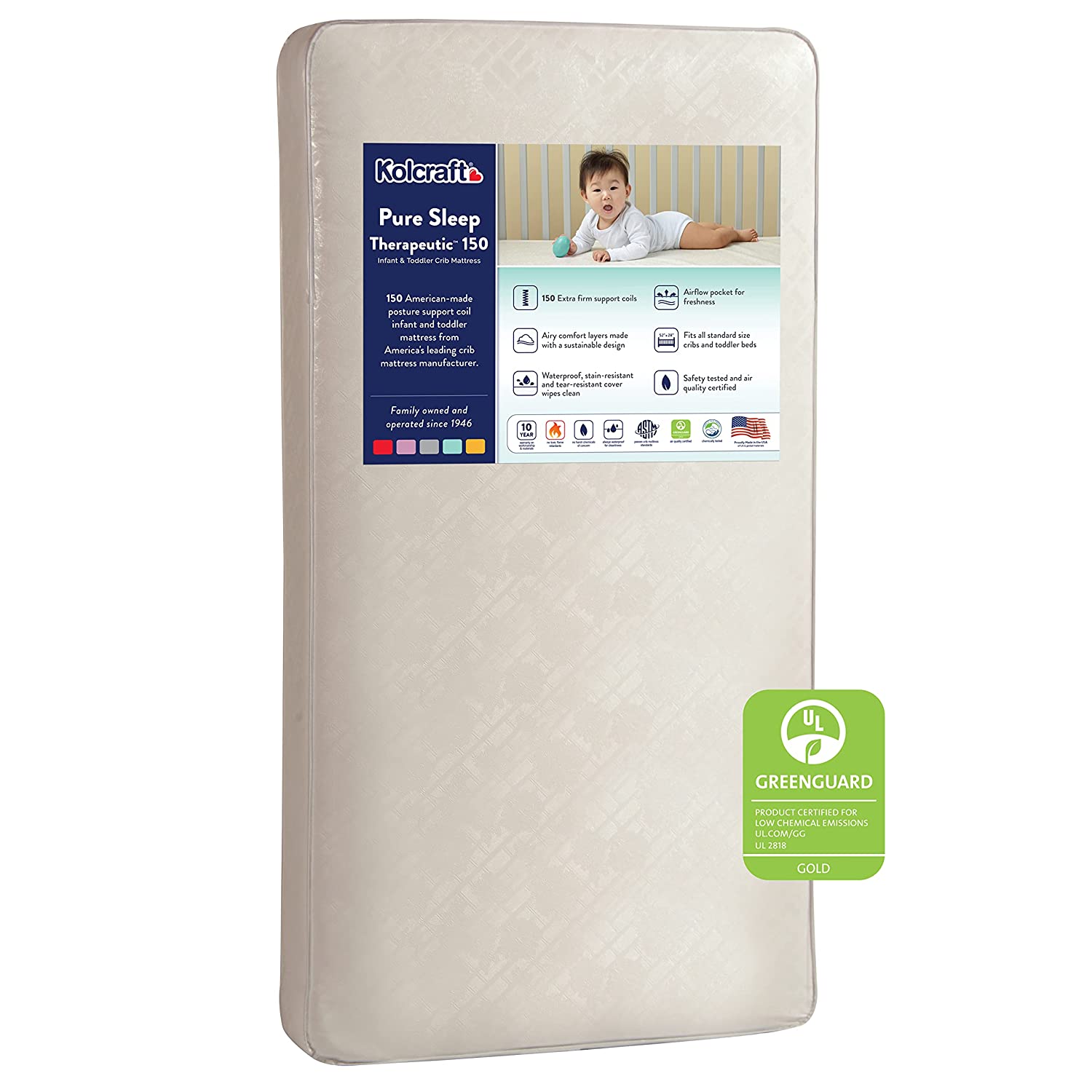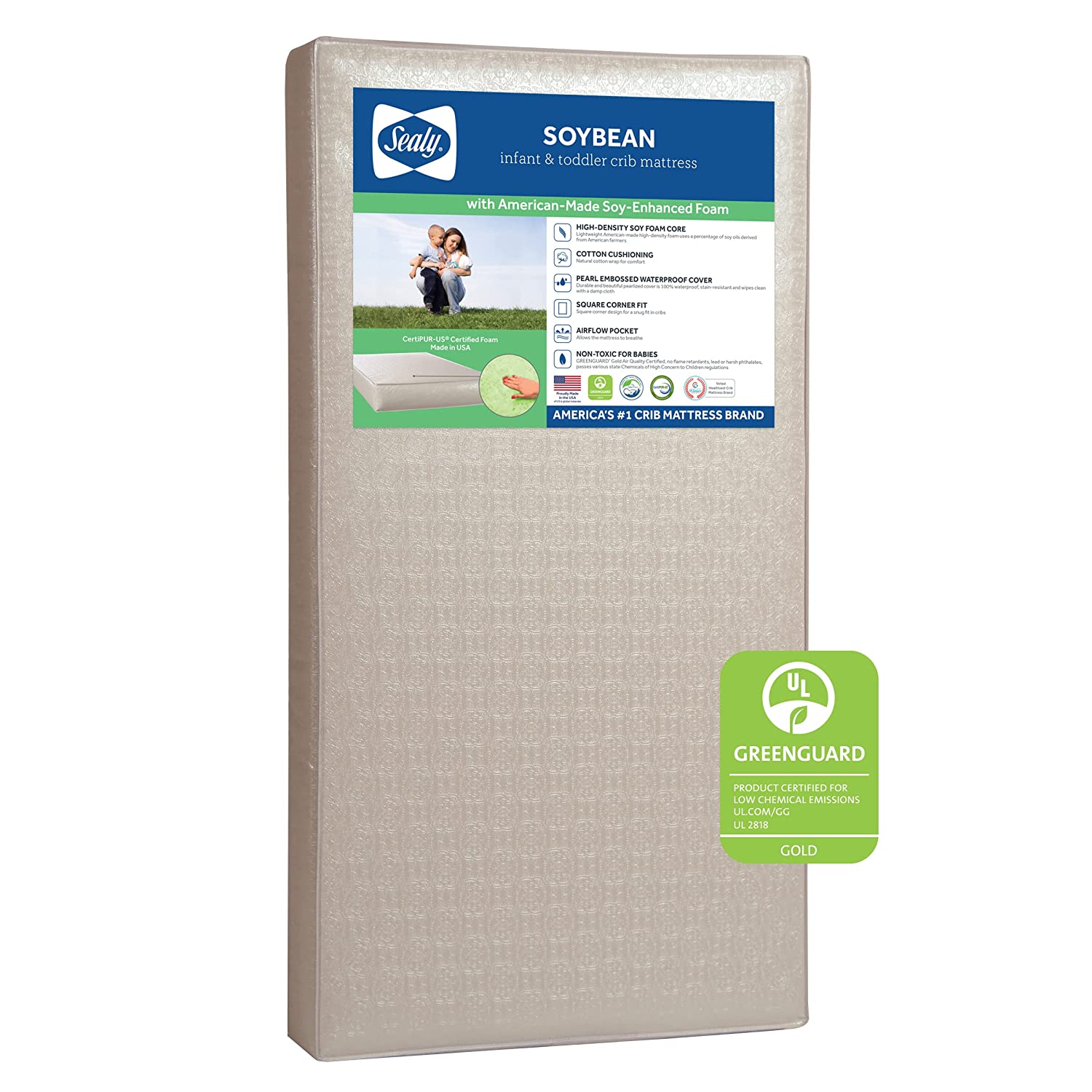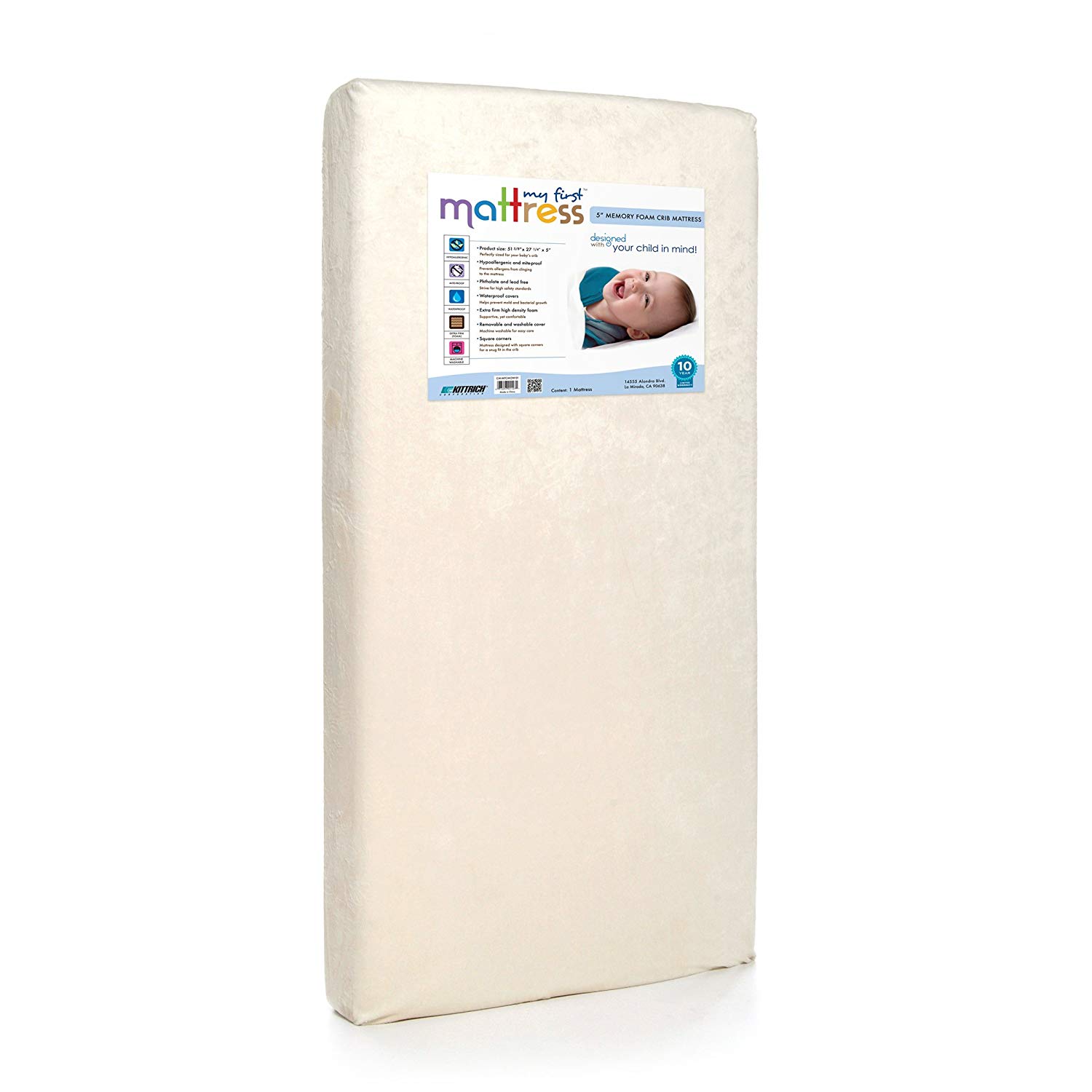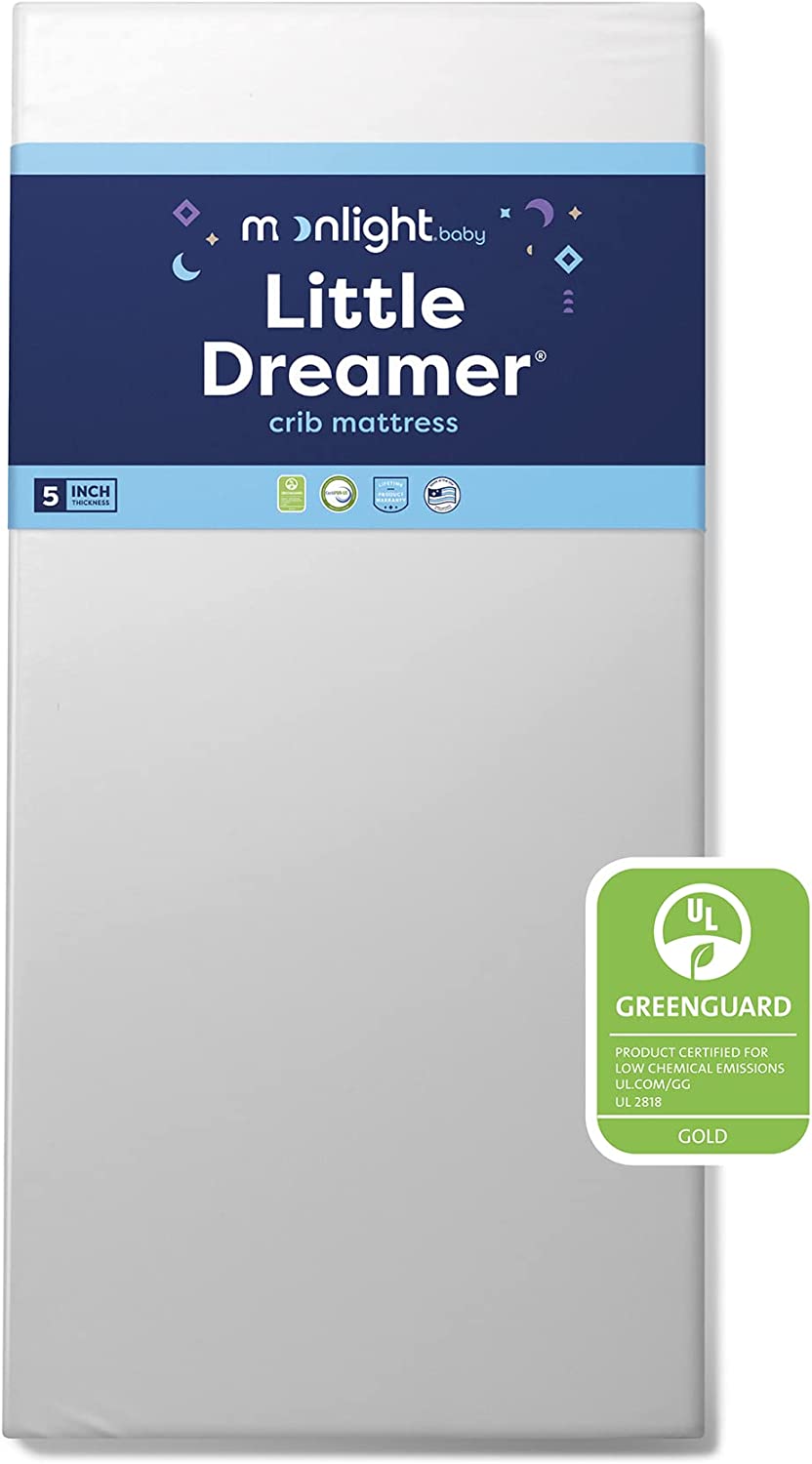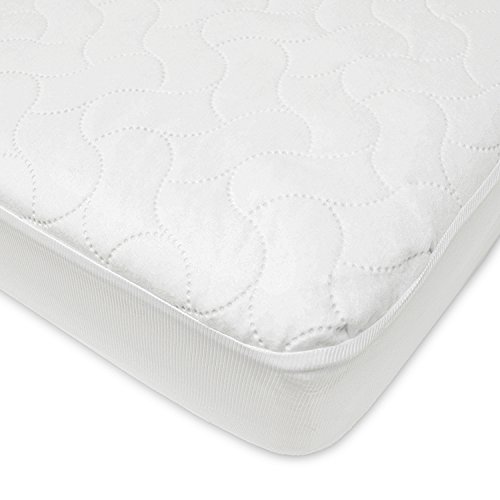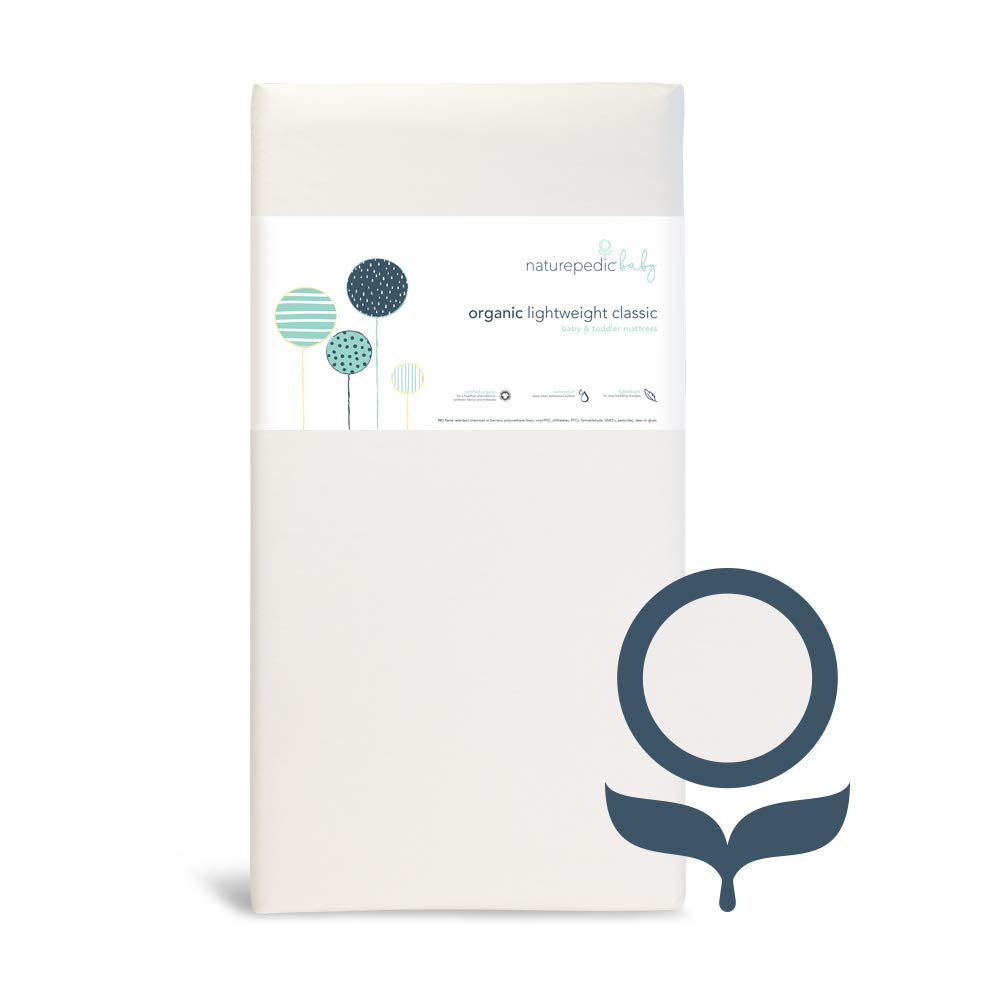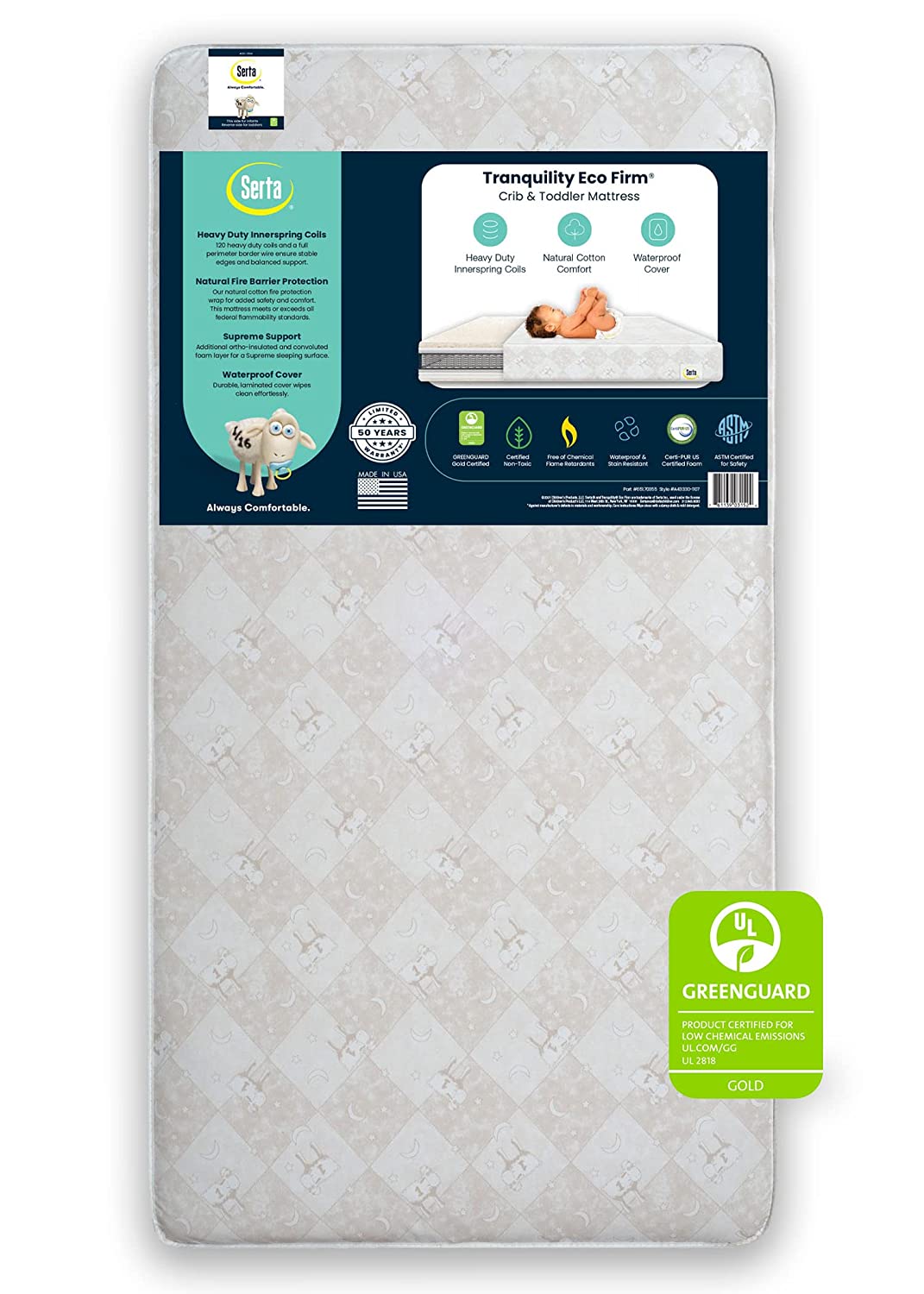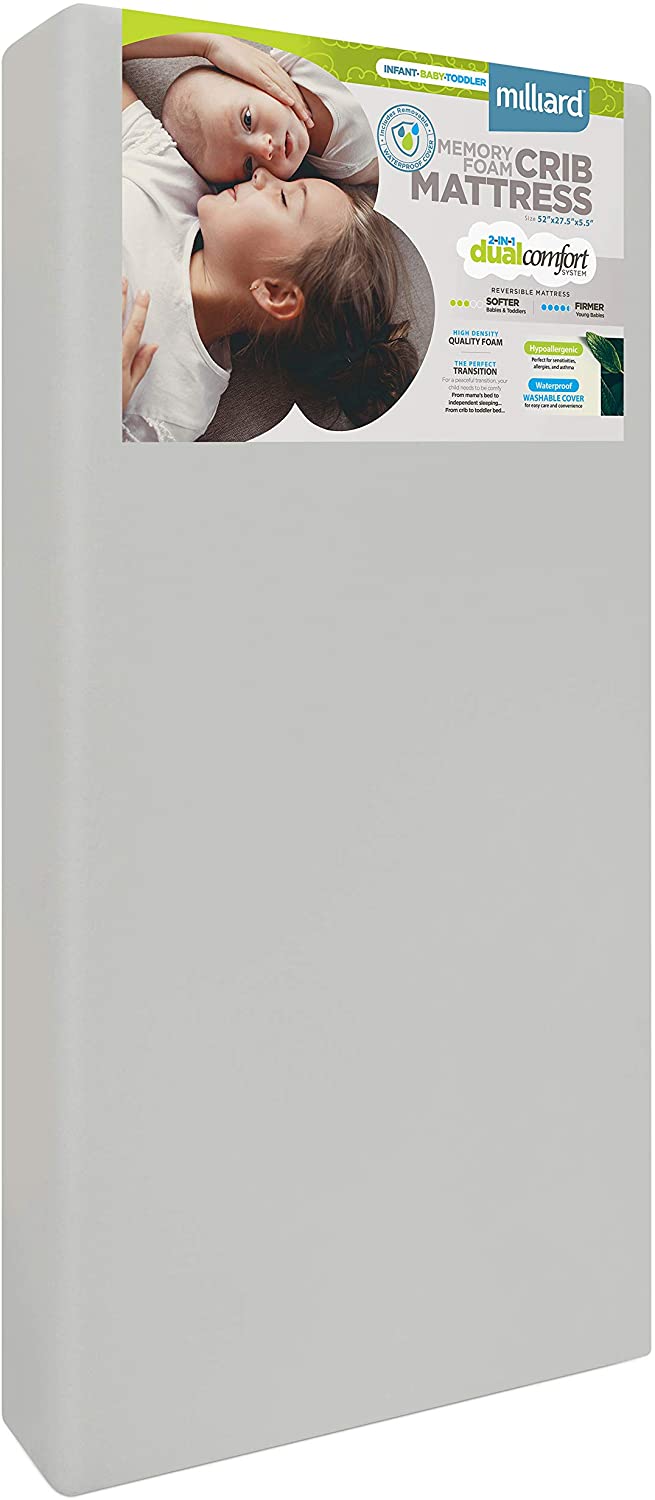Dream On Me Sunset Travel Baby Crib Mattress
Last updated: November 2, 2022
We looked at the top Crib Mattresses and dug through the reviews from some of the most popular review sites. Through this analysis, we've determined the best Crib Mattress you should buy.
No products found.
Product Details
In our analysis of 62 expert reviews, the Dream On Me Sunset Travel Baby Crib Mattress placed 11th when we looked at the top 19 products in the category. For the full ranking, see below.From The Manufacturer
Dream On Me, Sunset for an inviting, comfortable, environment for your sleeping baby. The waterproof, hypo-allergenic, antibacterial, cover aids in the prevention of mold, mildew and odor and easily wipes clean with warm water and a mild soap. This mattress is proudly constructed of quality materials and workmanship in the USA. Lead and phthalate tested this mattress passes the Federal Standard Flammability Standard 16 CFR 1633. Designed to fit a standard 24” x 38” Portable/mini Crib. As parents are looking for more space saving furniture mini and portable cribs are ideal for apartment/ smaller home and Dream On Me Sunset mattress fits most mini and portable cribs (not designed for standard cribs or pack ‘n plays).
Our Expert Consultant

Parenting Pro and Safe-Sleep Expert
Kate Desmond is a writer and infant safe-sleep expert. She has spent the last eight years working as the marketing director for Charlie’s Kids Foundation, a nonprofit that aims to educate families about SIDS and safe sleep. In that role, she travels around the country learning and educating caregivers and providers on the latest and greatest safe-sleep information to prevent infant death.
As mom to two elementary-aged daughters, she spends hours researching the best and safest products for her own kids. She is quick to get in the weeds with other mamas, and uses humor to cope with parenting woes from potty-training to teaching kids to read.
